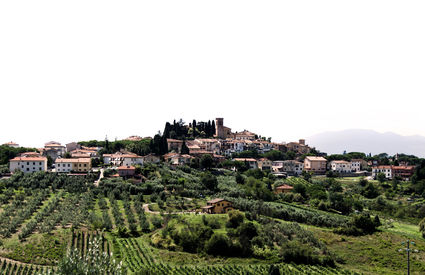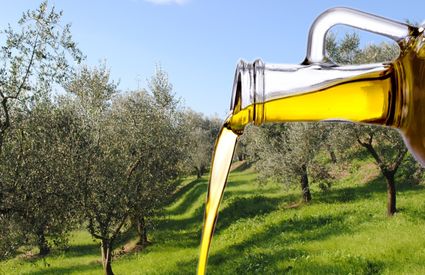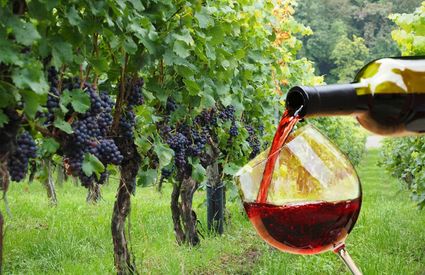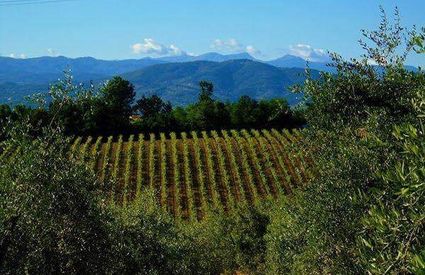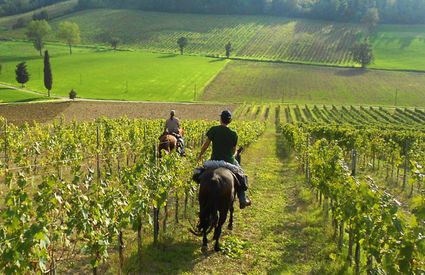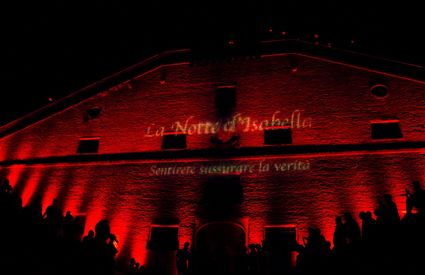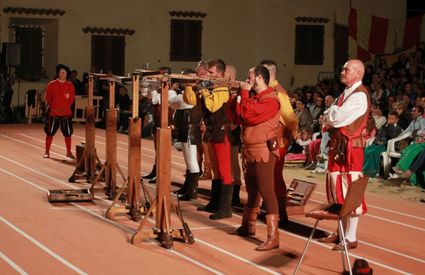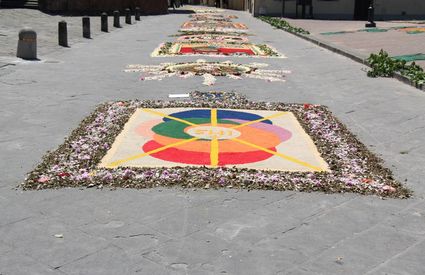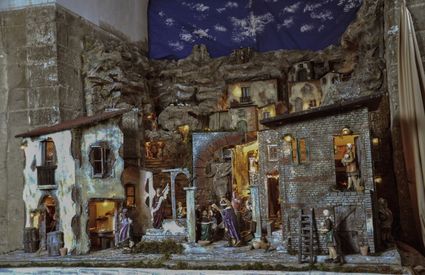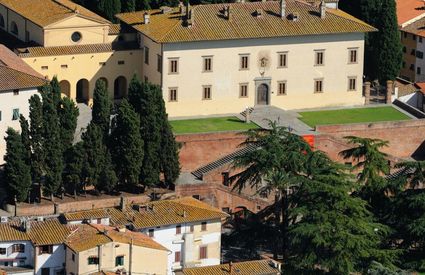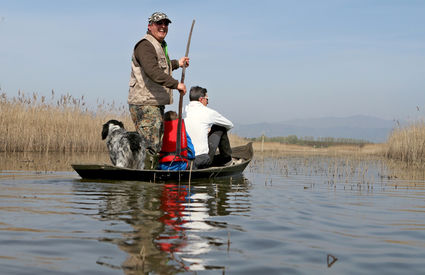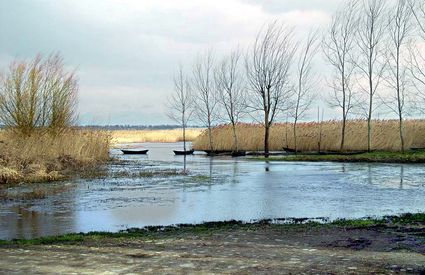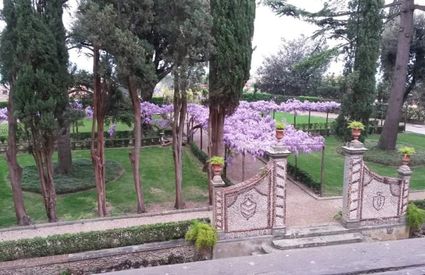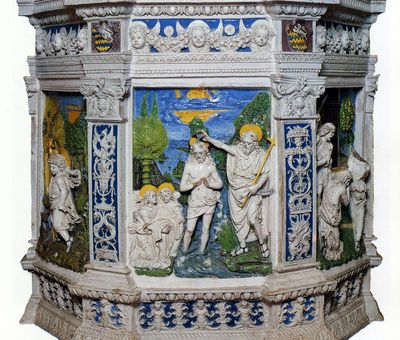A defining feature of Cerreto Guidi is the Villa Medicea at top of the town. Built for Cosimo I de’ Medici in the second half of the 16th century, it has recently become a UNESCO world heritage site. It was used as a hunting lodge (nearby is the "Barco reale mediceo") and as a place of territorial control, especially of the Padule di Fucecchio – an extensive wetlands, then full of fish, whose borders reached the edges of Cerreto’s territory. Part of the villa's fame is tied to the figure of Isabella "Stella di Casa" Medici, Cosimo I’s favourite daughter, a beautiful and cultivated woman who – for family gain - was forced to marry the roguish Paolo Giordano Orsini. One day while heading off on a military campaign, he entrusted her to his cousin Troilo, who was far more refined than he. Between wife and guardian, love blossomed. Later she was discovered by her husband, who decided to take revenge. To do so, he invited Isabella to the Villa and dropped a noose through a hole in the ceiling, strangling her in the bridal chamber. Since then, the woman's ghost has haunted the rooms of the mansion. She was last sighted in 1953, when she appeared to some American actors making a film. Several US newspapers reported the incident. Today we remember the story by hanging a noose from the ceiling of the bridal chamber.


